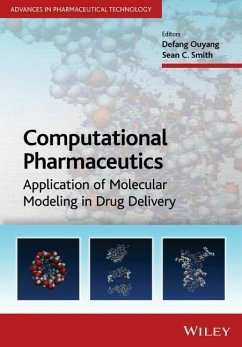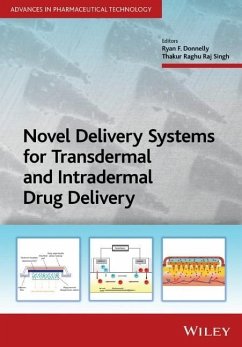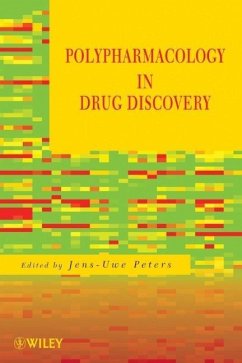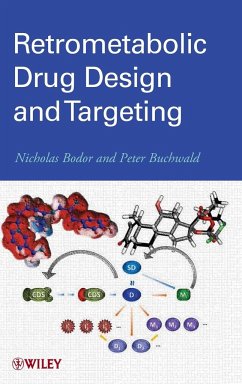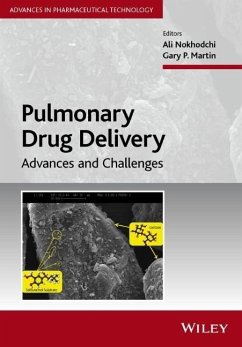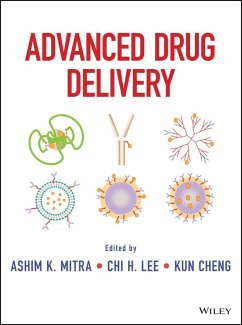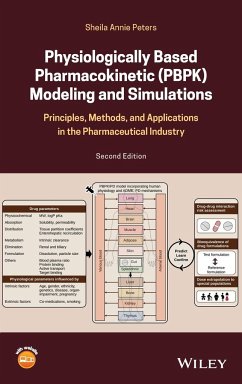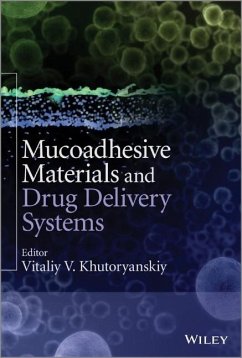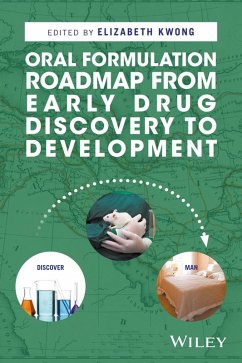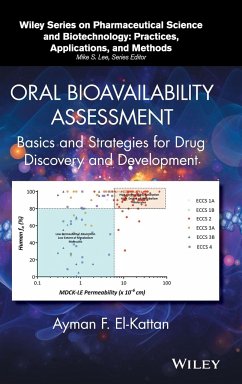
Biopharmaceutics Modeling and Simulations
Theory, Practice, Methods, and Applications
Versandkostenfrei!
Versandfertig in über 4 Wochen
131,99 €
inkl. MwSt.
Weitere Ausgaben:

PAYBACK Punkte
66 °P sammeln!
This book provides pharmaceutical professionals with essential tools for modeling biopharmaceutics. The author uses illustrations and practical problems rather than heavy math to explain the basics of modeling and simulation programs and how to apply them to different biopharmaceutical properties. Readers will find critical guidance on the design of drug formulations for achieving desired medicinal effects, including practical applications examples in drug research such as running and interpreting models, compound and formulation selection, mechanisms, and virtual clinical trials.
A comprehensive introduction to using modeling and simulation programs in drug discovery and development
Biopharmaceutical modeling has become integral to the design and development of new drugs. Influencing key aspects of the development process, including drug substance design, formulation design, and toxicological exposure assessment, biopharmaceutical modeling is now seen as the linchpin to a drug's future success. And while there are a number of commercially available software programs for drug modeling, there has not been a single resource guiding pharmaceutical professionals to the actual tools and practices needed to design and test safe drugs.
A guide to the basics of modeling and simulation programs, Biopharmaceutics Modeling and Simulations offers pharmaceutical scientists the keys to understanding how they work and are applied in creating drugs with desired medicinal properties. Beginning with a focus on the oral absorption of drugs, the book discusses:
The central dogma of oral drug absorption (the interplay of dissolution, solubility, and permeability of a drug), which forms the basis of the biopharmaceutical classification system (BCS)
The concept of drug concentration
How to simulate key drug absorption processes
The physiological and drug property data used for biopharmaceutical modeling
Reliable practices for reporting results
With over 200 figures and illustrations and a peerless examination of all the key aspects of drug research--including running and interpreting models, validation, and compound and formulation selection--this reference seamlessly brings together the proven practical approaches essential to developing the safe and effective medicines of tomorrow.
Biopharmaceutical modeling has become integral to the design and development of new drugs. Influencing key aspects of the development process, including drug substance design, formulation design, and toxicological exposure assessment, biopharmaceutical modeling is now seen as the linchpin to a drug's future success. And while there are a number of commercially available software programs for drug modeling, there has not been a single resource guiding pharmaceutical professionals to the actual tools and practices needed to design and test safe drugs.
A guide to the basics of modeling and simulation programs, Biopharmaceutics Modeling and Simulations offers pharmaceutical scientists the keys to understanding how they work and are applied in creating drugs with desired medicinal properties. Beginning with a focus on the oral absorption of drugs, the book discusses:
The central dogma of oral drug absorption (the interplay of dissolution, solubility, and permeability of a drug), which forms the basis of the biopharmaceutical classification system (BCS)
The concept of drug concentration
How to simulate key drug absorption processes
The physiological and drug property data used for biopharmaceutical modeling
Reliable practices for reporting results
With over 200 figures and illustrations and a peerless examination of all the key aspects of drug research--including running and interpreting models, validation, and compound and formulation selection--this reference seamlessly brings together the proven practical approaches essential to developing the safe and effective medicines of tomorrow.




